Vasco-Saas-Marketing 1 and 2
Vasco-Saas-Marketing 1 and 2 - Part 1
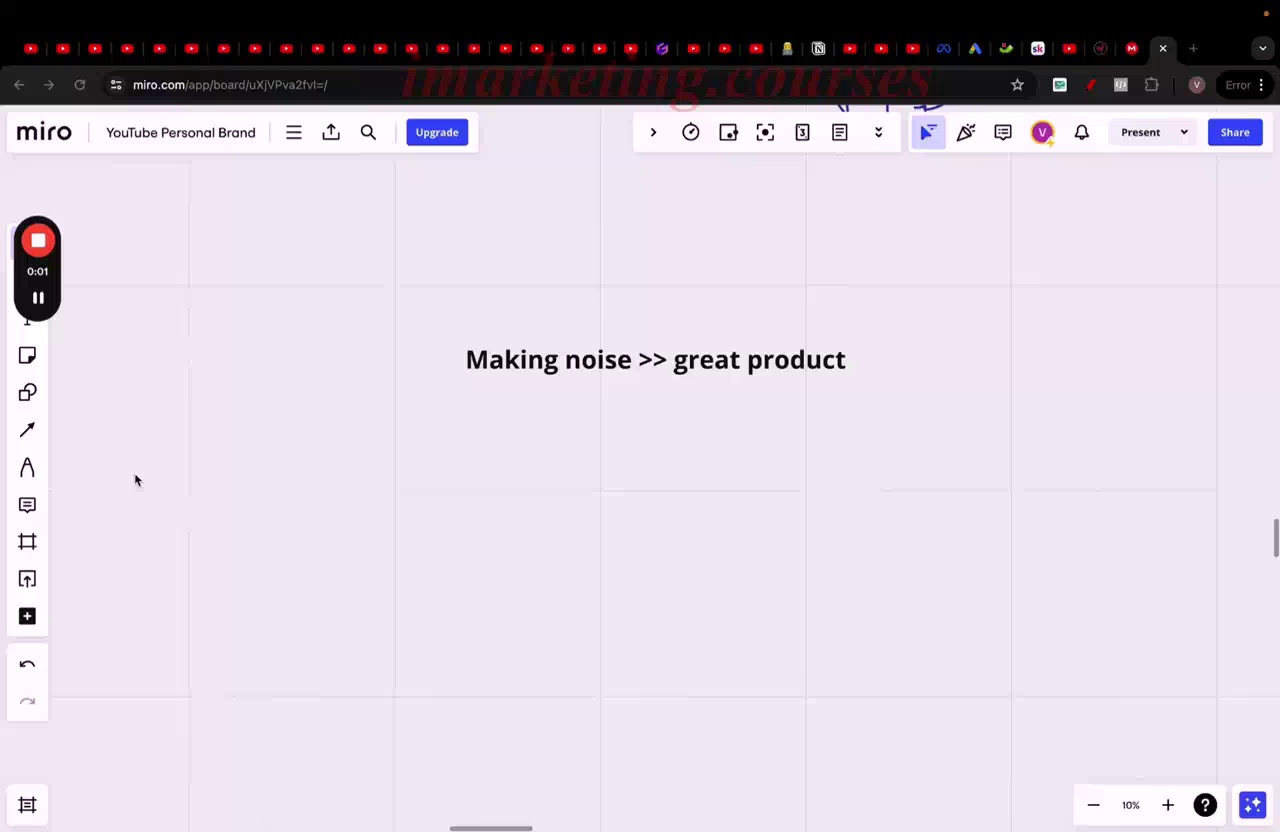
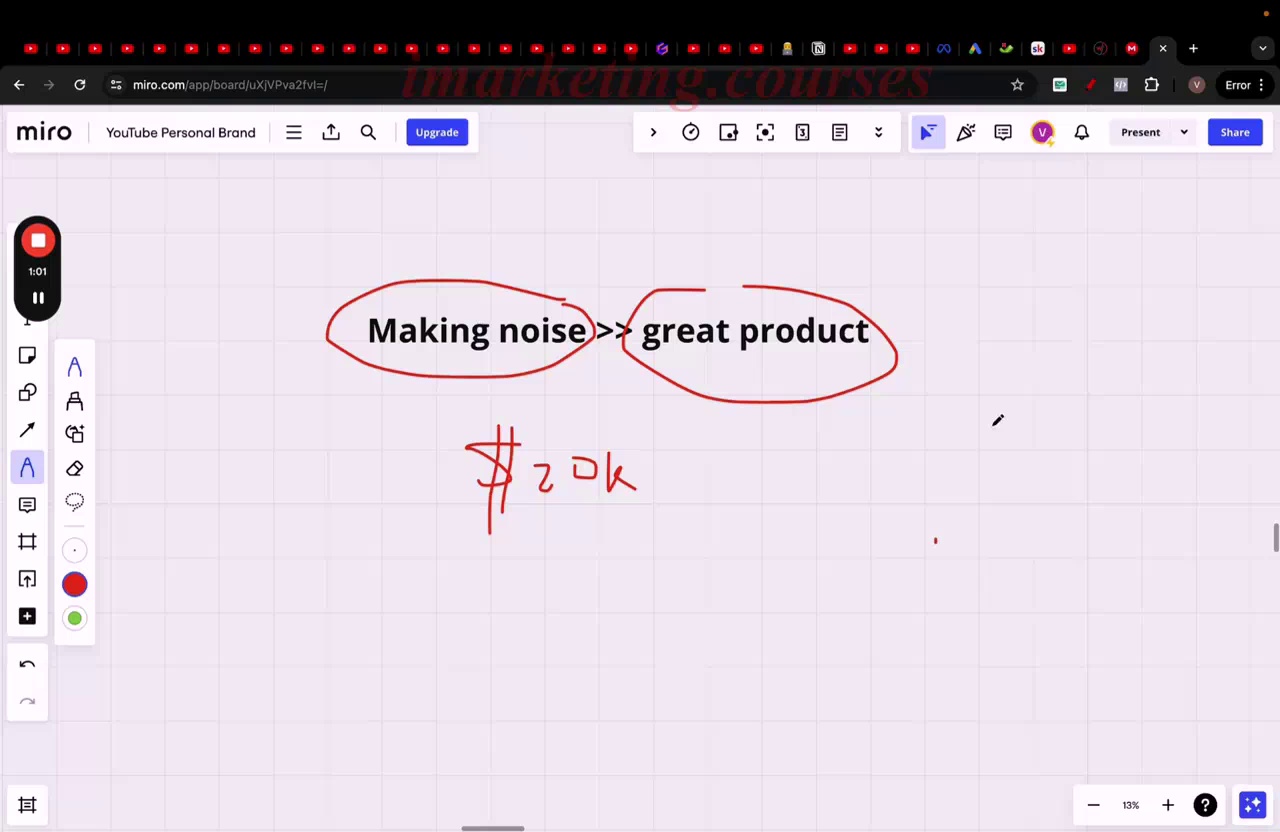
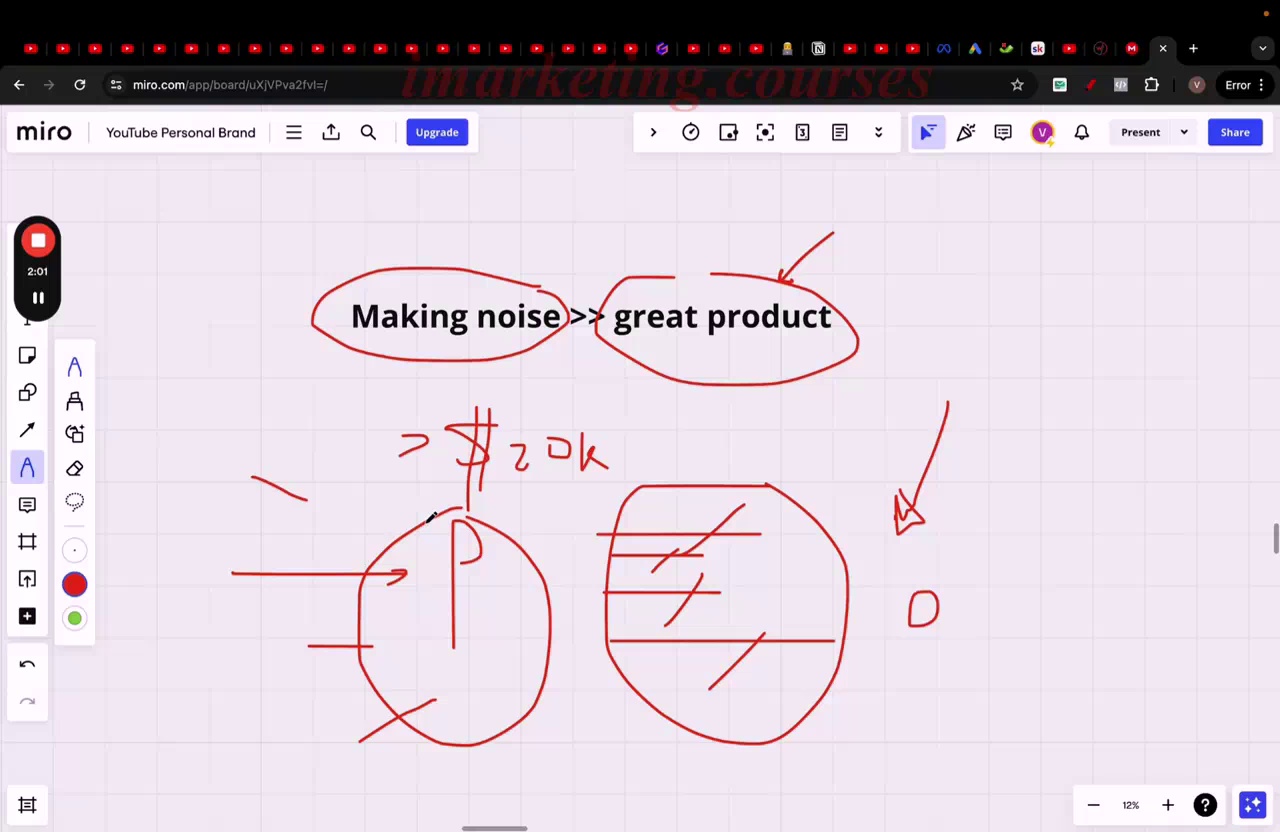
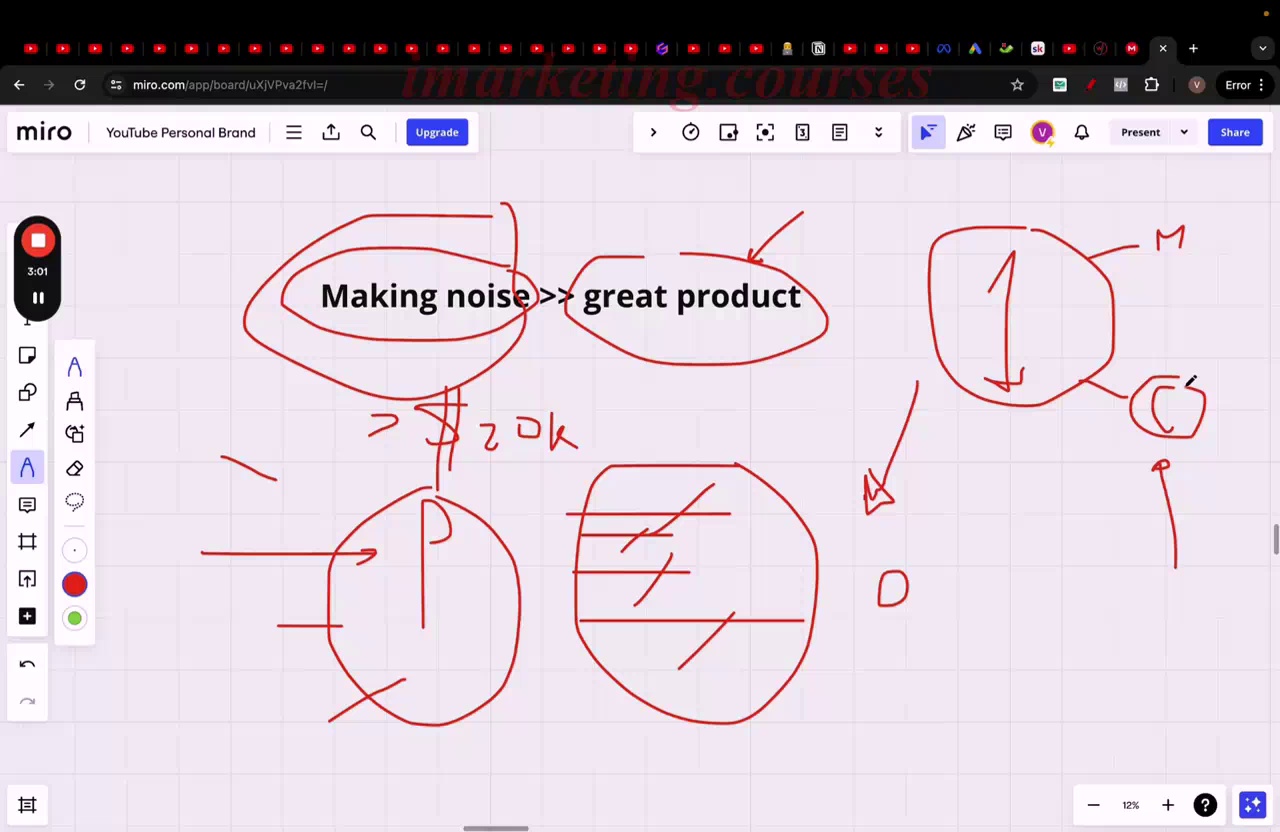
Making noise through marketing is more important than product development when your SaaS has under $20,000 in monthly recurring revenue. Noise brings in customers who give feedback to improve the product. You can have a bad product with great marketing and make money, but not vice versa.
If you're a solo founder, spend more time on marketing than coding, even if you're a developer. Set aside at least 1-2 more hours per day for marketing. Having another person handle marketing lets you focus on building the product.
Get customers using your product as fast as possible. Customer feedback drives rapid product iteration and improvement. The faster you improve your product, the more likely you are to beat competitors.
.Vasco-Saas-Marketing 1 and 2 - Part 2




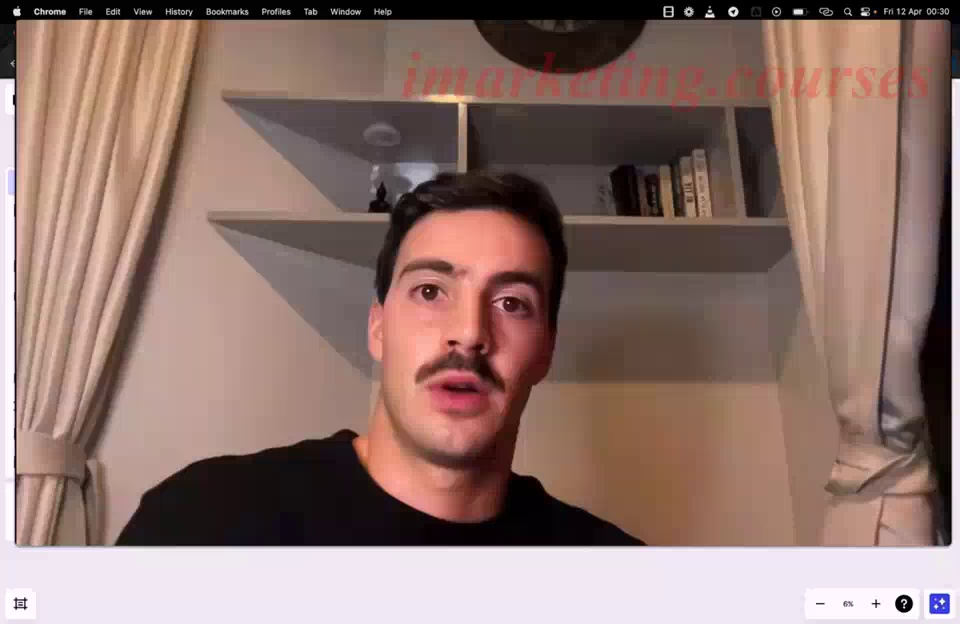
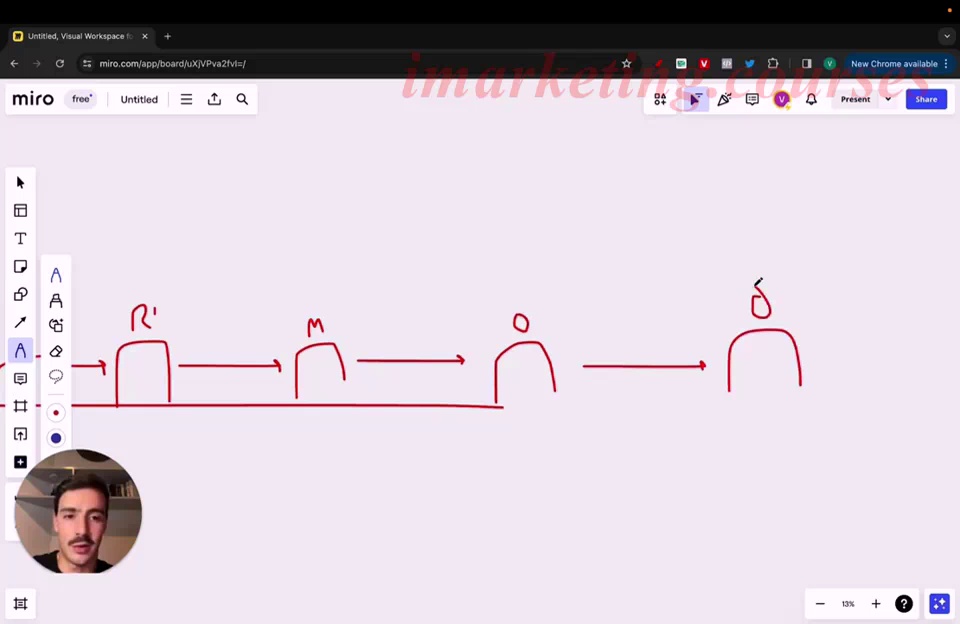
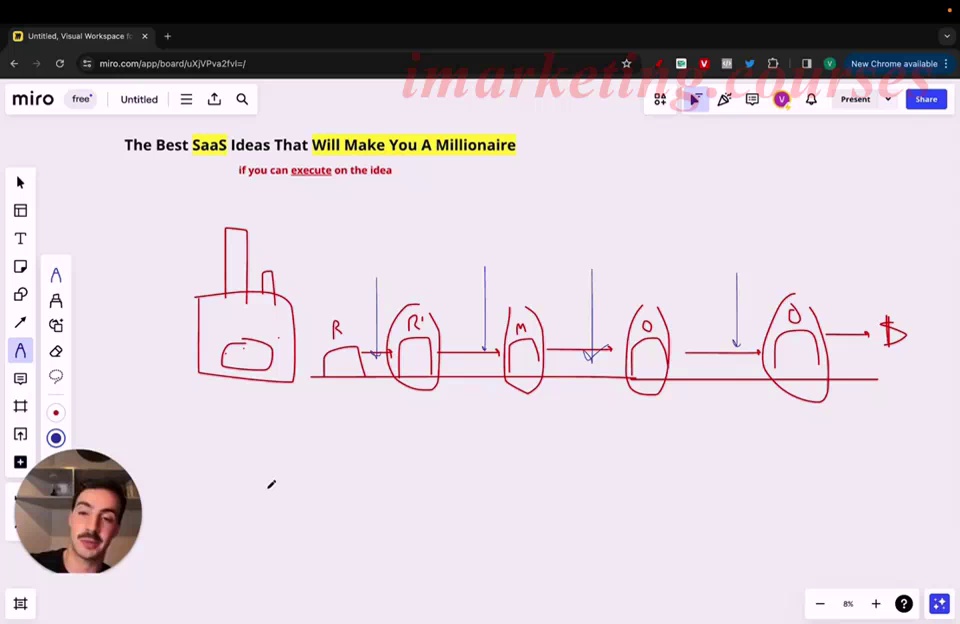
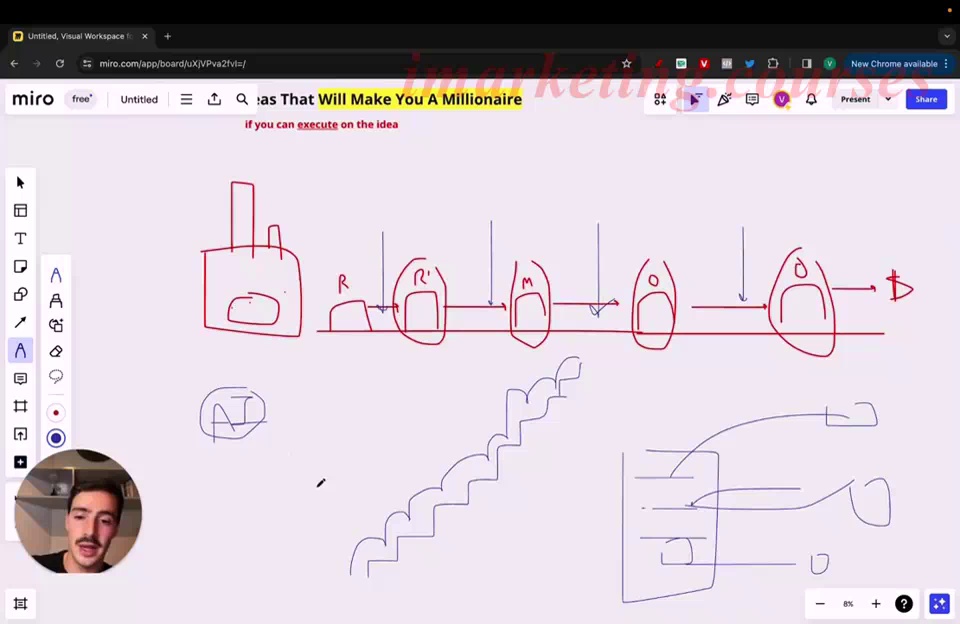

The narrator explains that rather than simply providing SaaS ideas, it is more valuable to understand the thought process for coming up with good ideas. The key is to identify inefficiencies in existing business processes and optimize those steps, rather than trying to improve the end product itself.
The narrator gives the analogy of a tire factory. Rather than optimizing the rubber refining or molding steps, look for inefficiencies in between steps. He provides another example of a content marketing SaaS that uses AI. Rather than improving the blog posts themselves, it optimizes and automates all the in-between steps of the content creation and distribution process to save time.
The narrator emphasizes not solving end goals, but rather finding traction and improvements in the middle steps that take a business from point A to point B. He notes that simply providing SaaS ideas is less valuable than understanding how to identify real pain points and inefficiencies to solve. Finally, he says that while he could provide many ideas, the ability to actually execute on them is most important.
.Vasco-Saas-Marketing 1 and 2 - Part 3








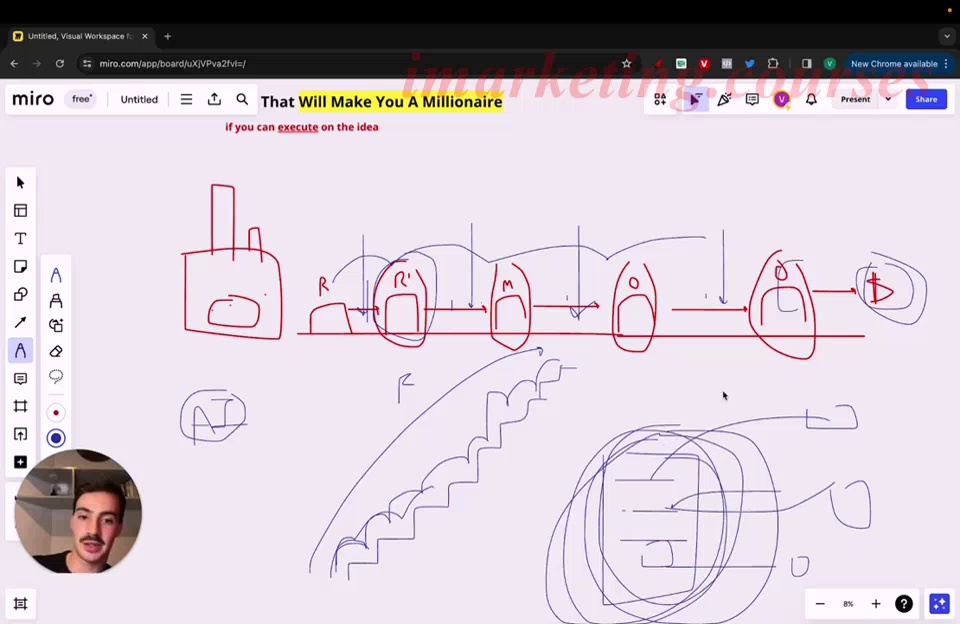
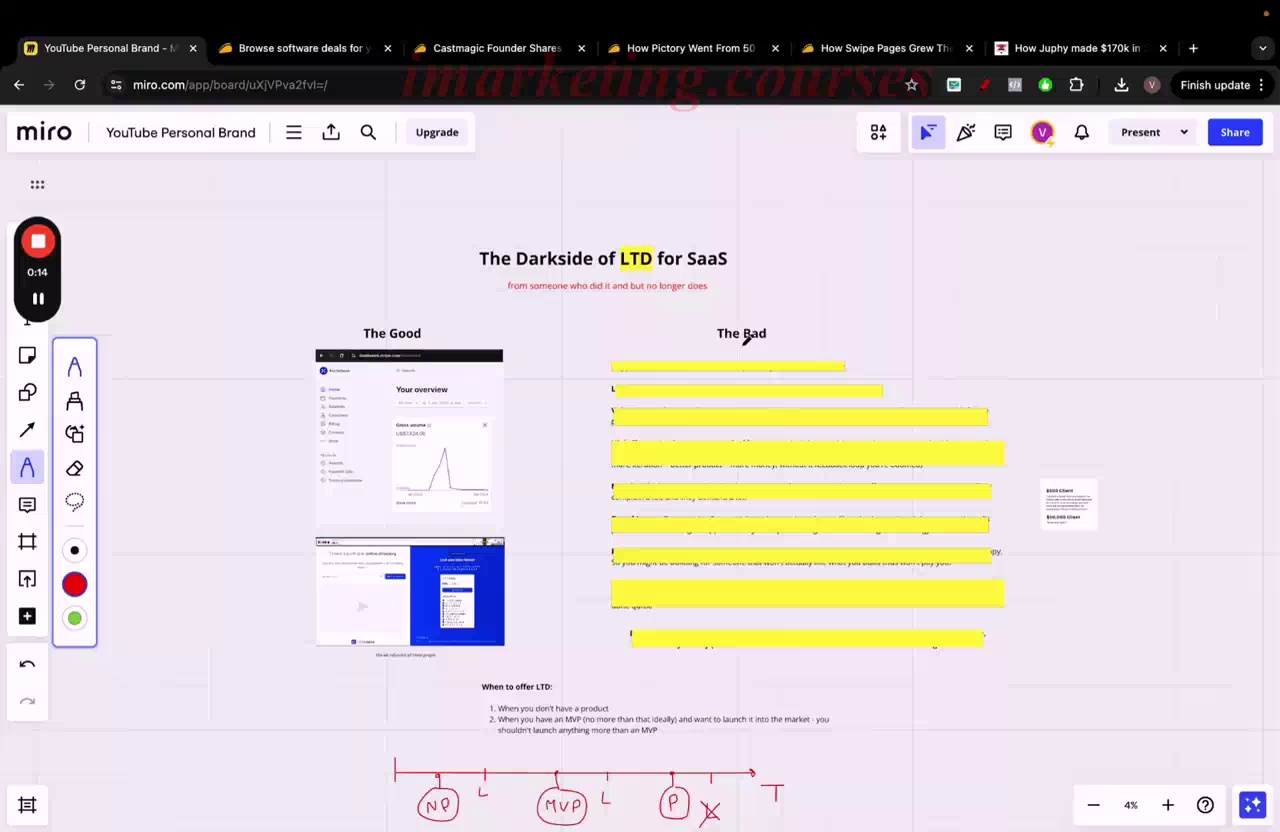
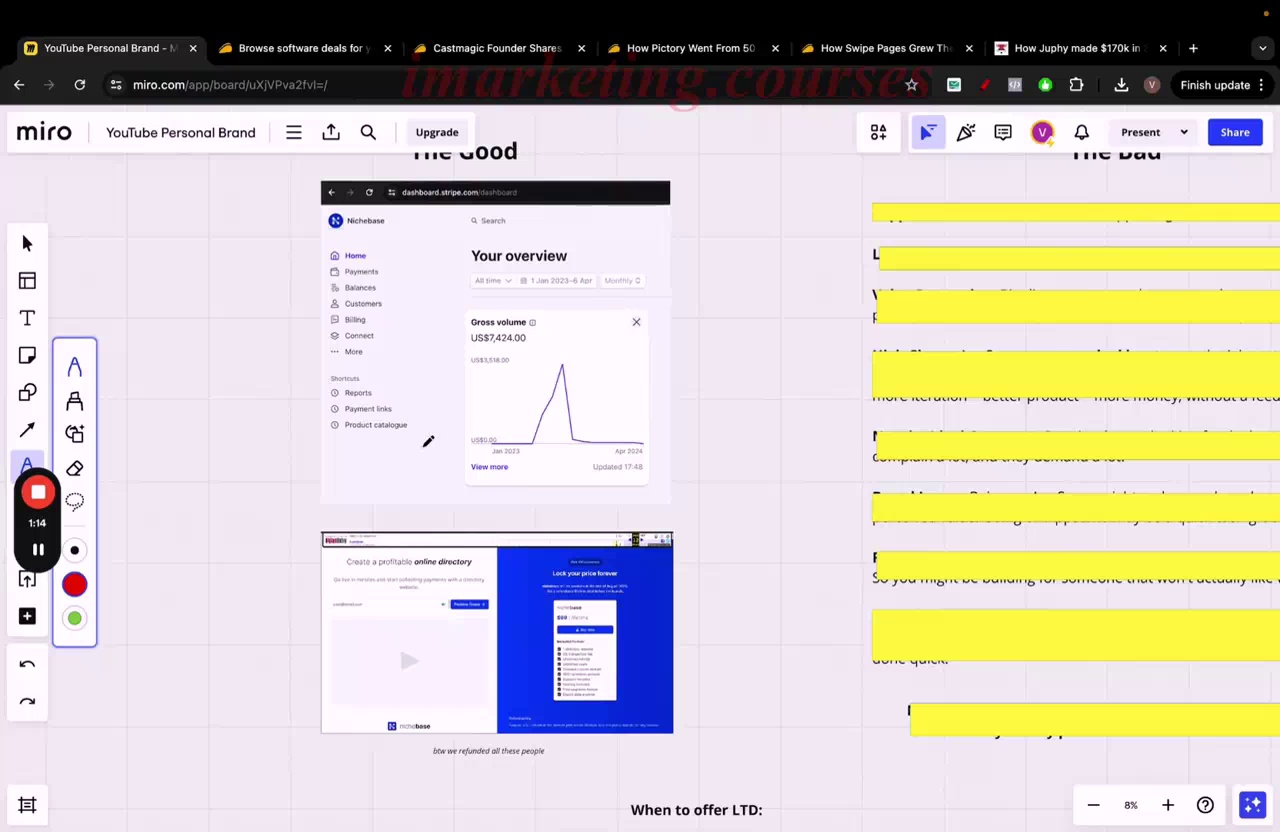
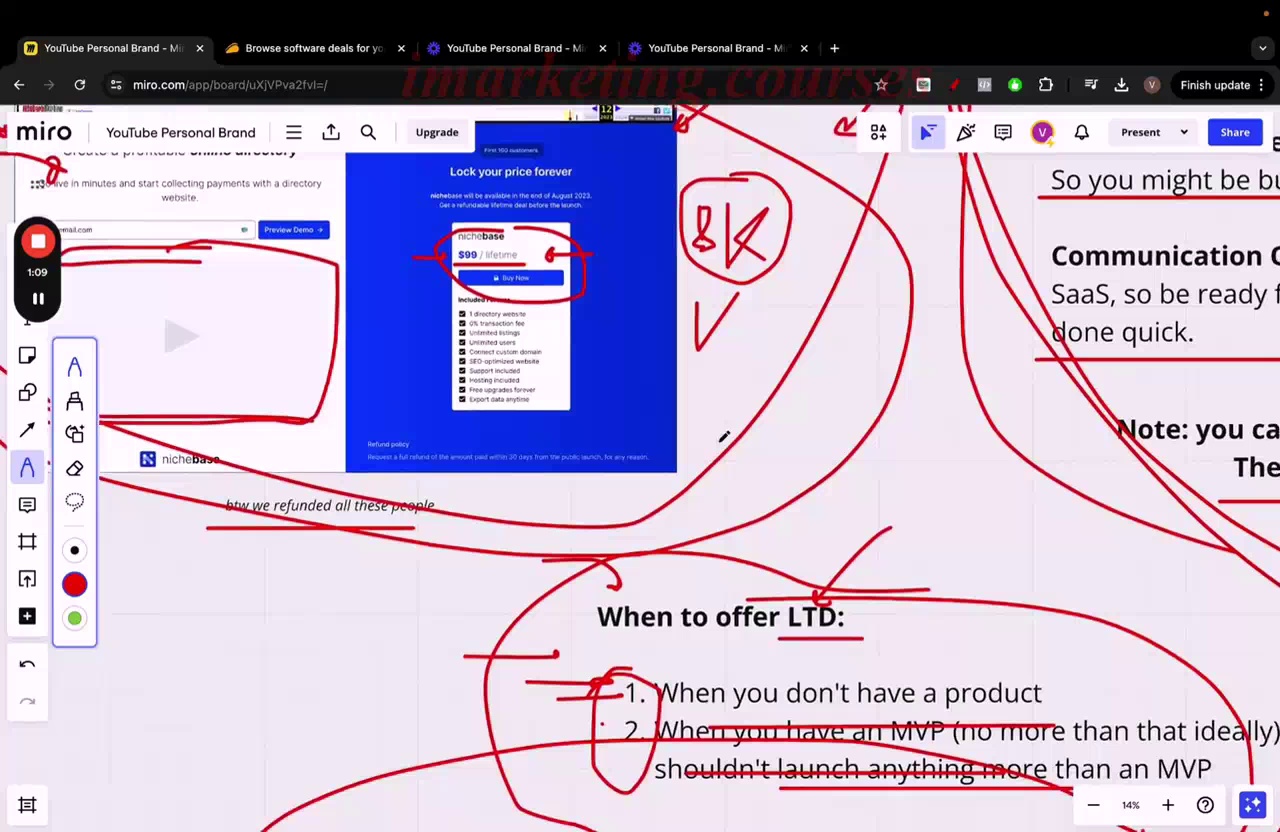
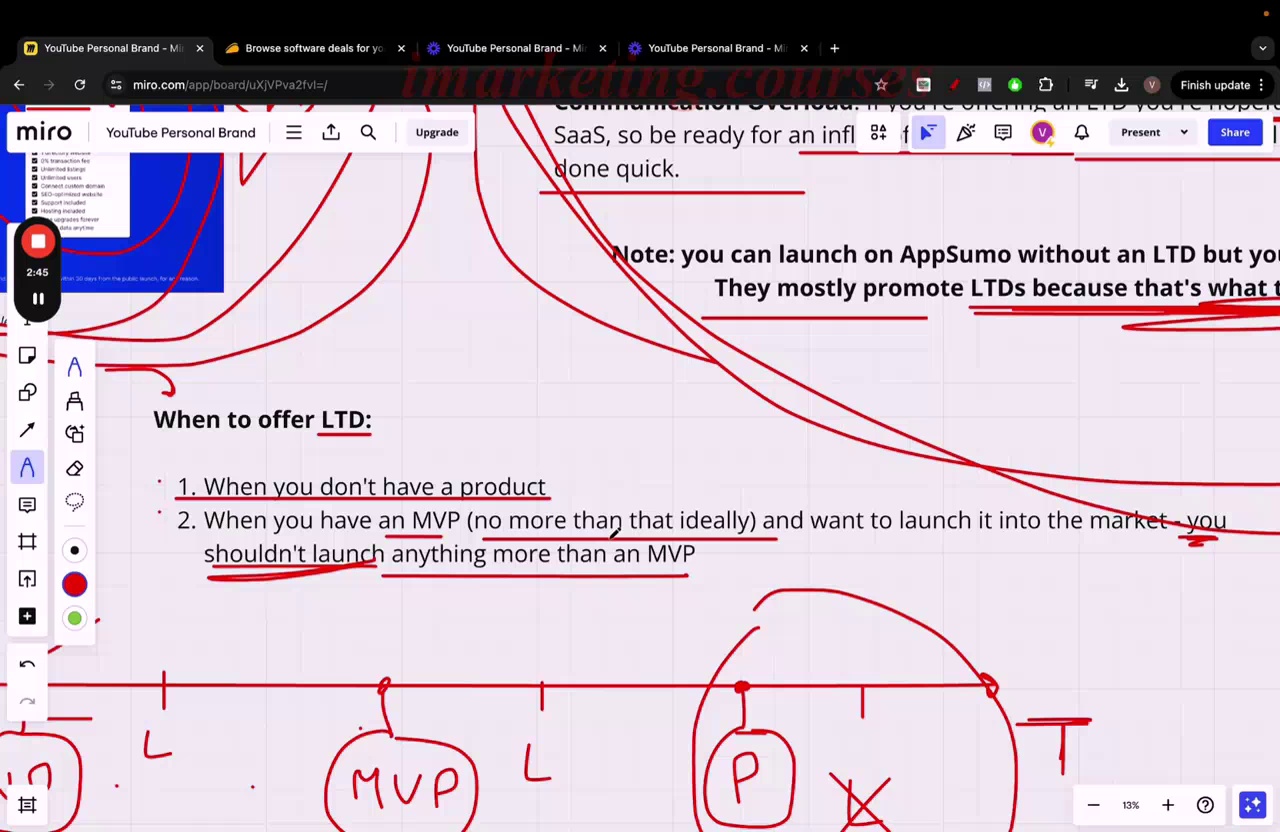
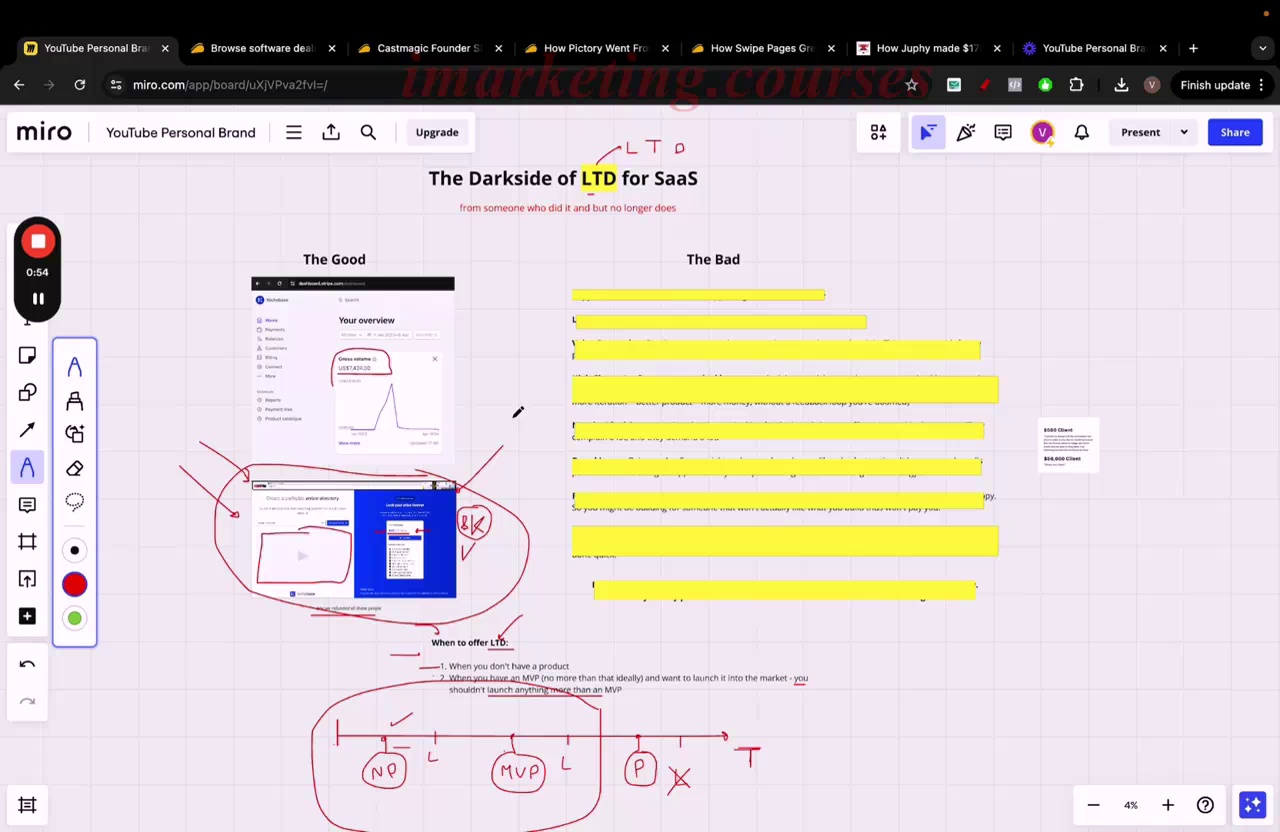

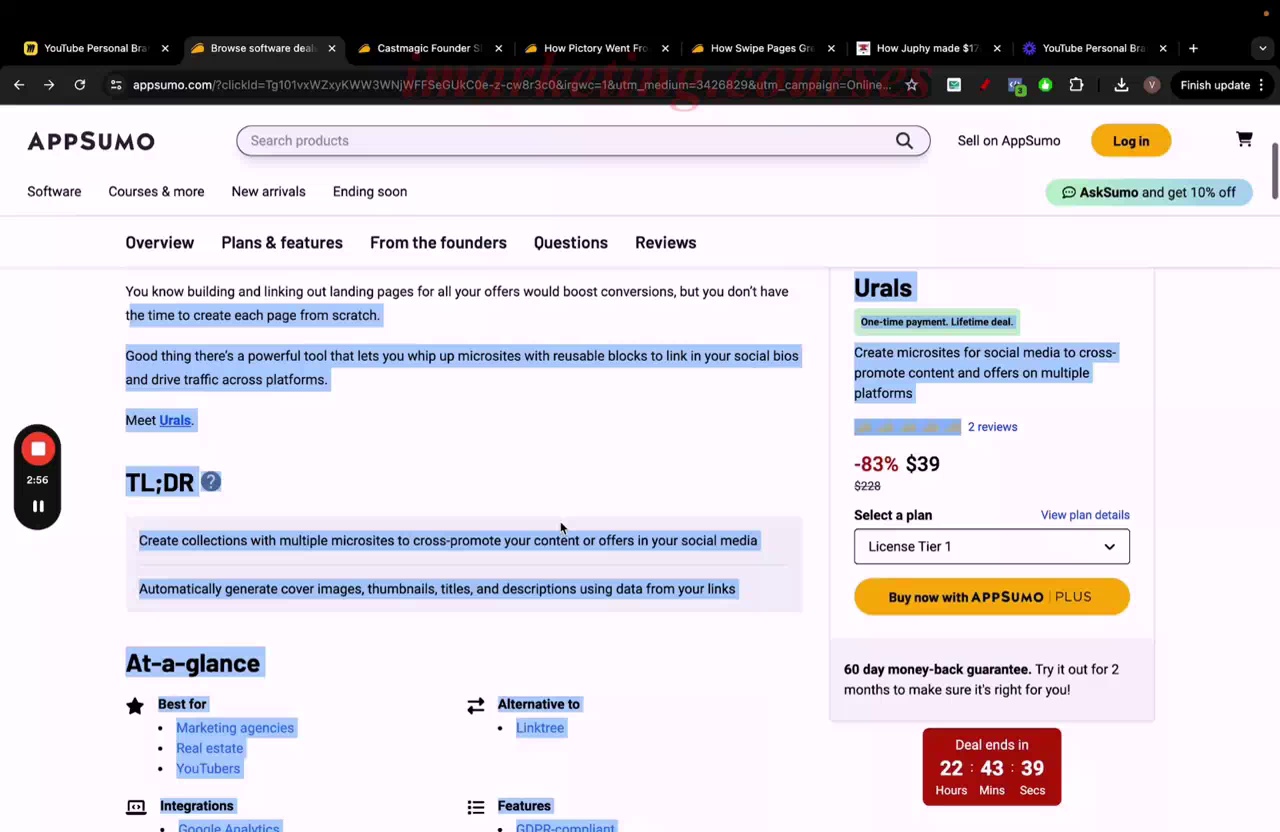
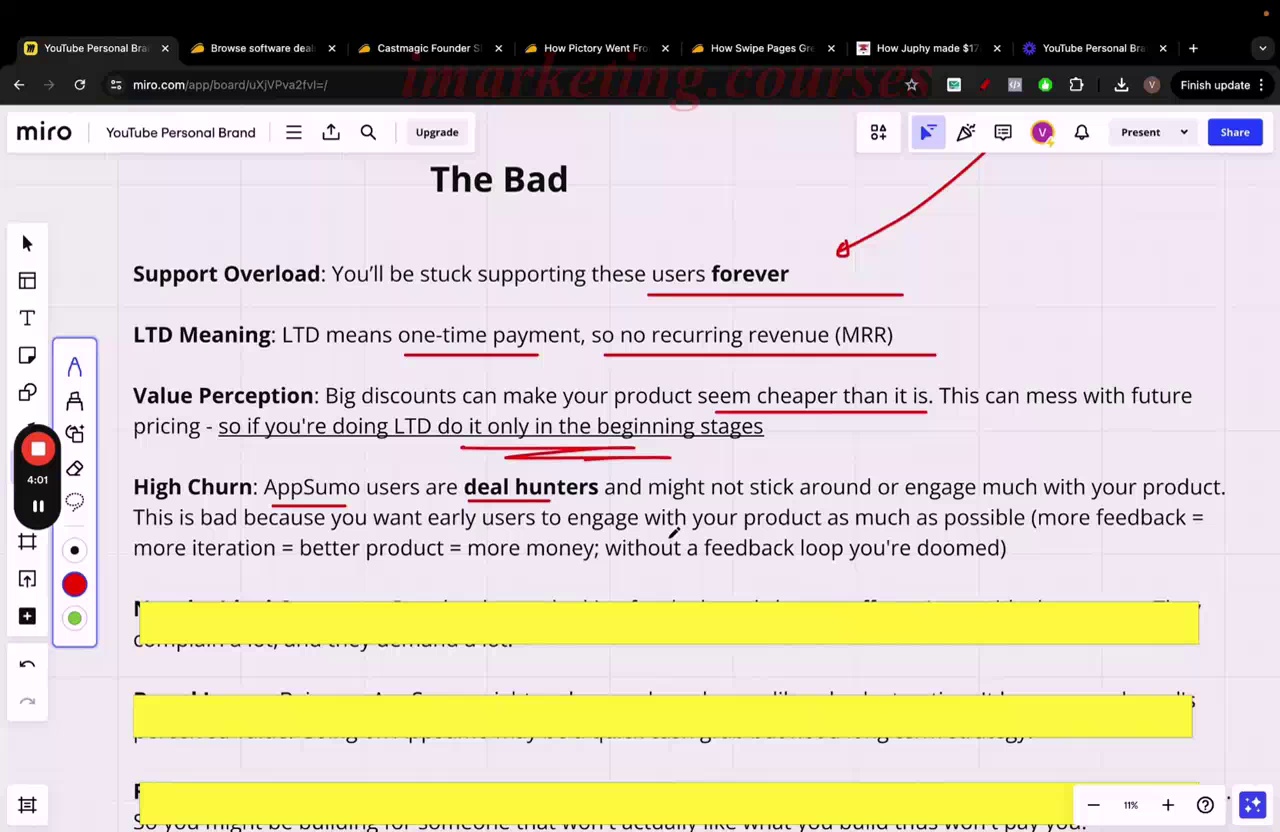
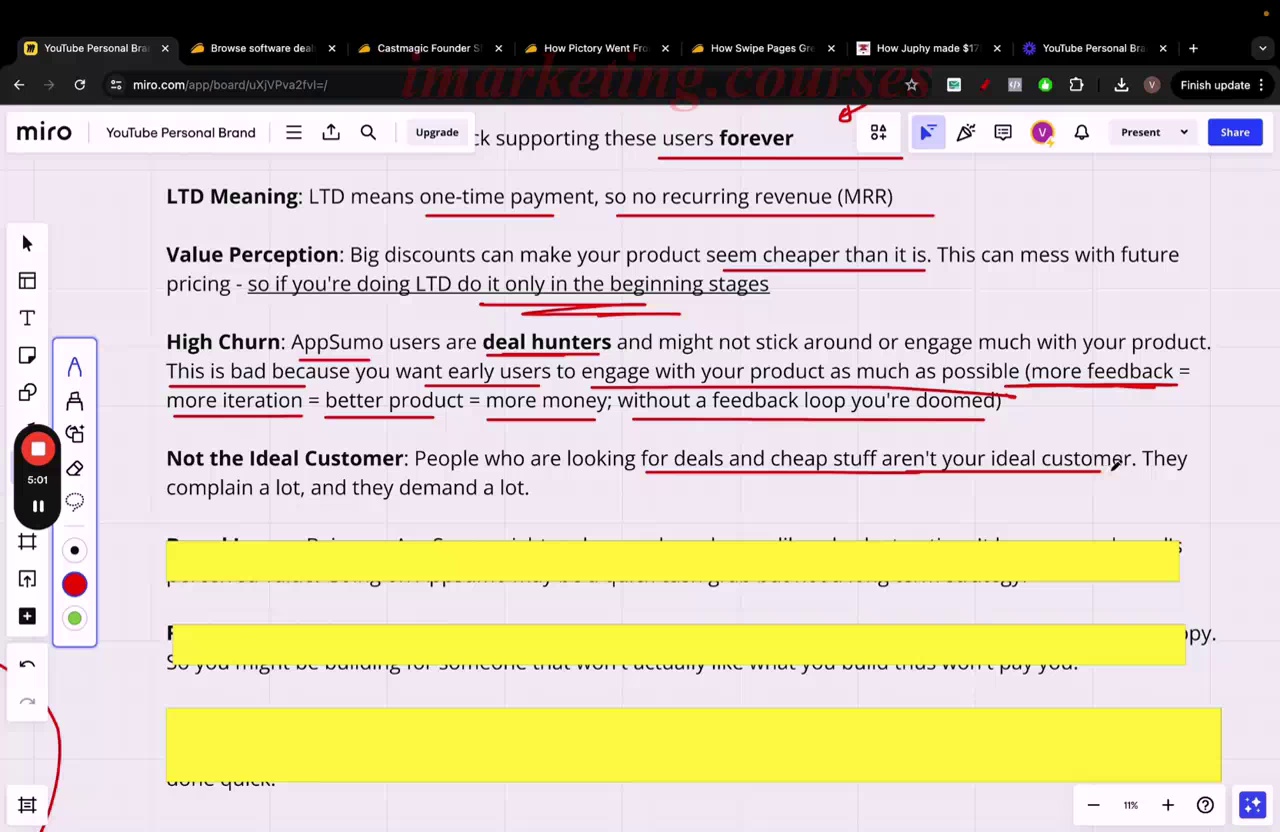
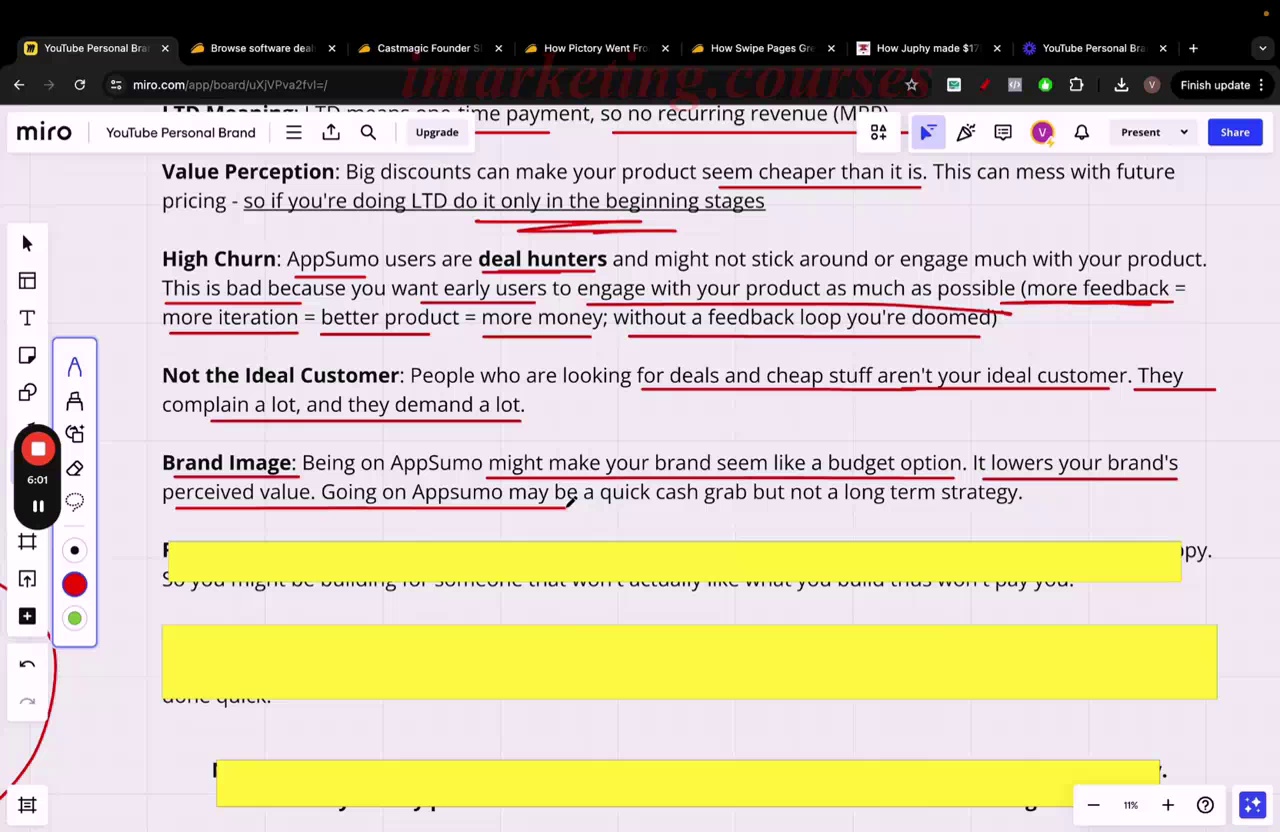
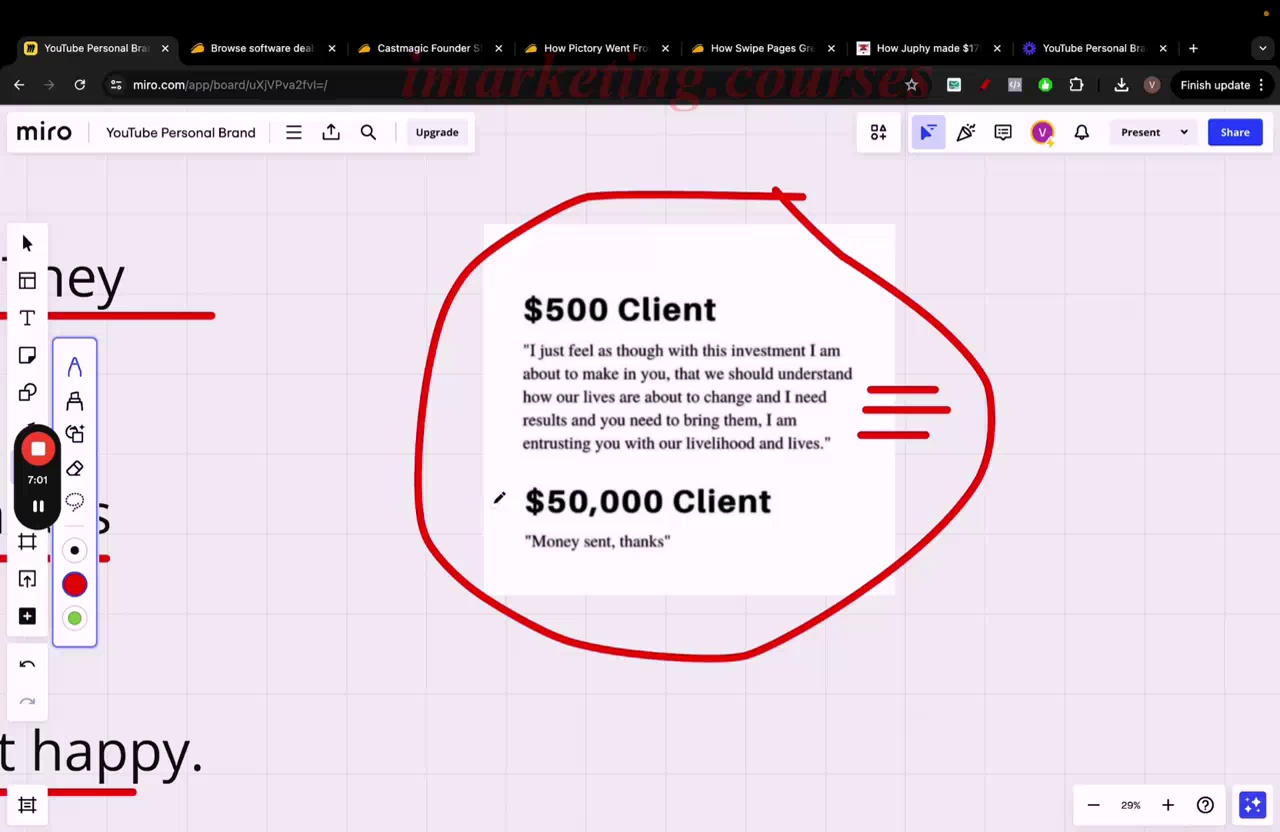
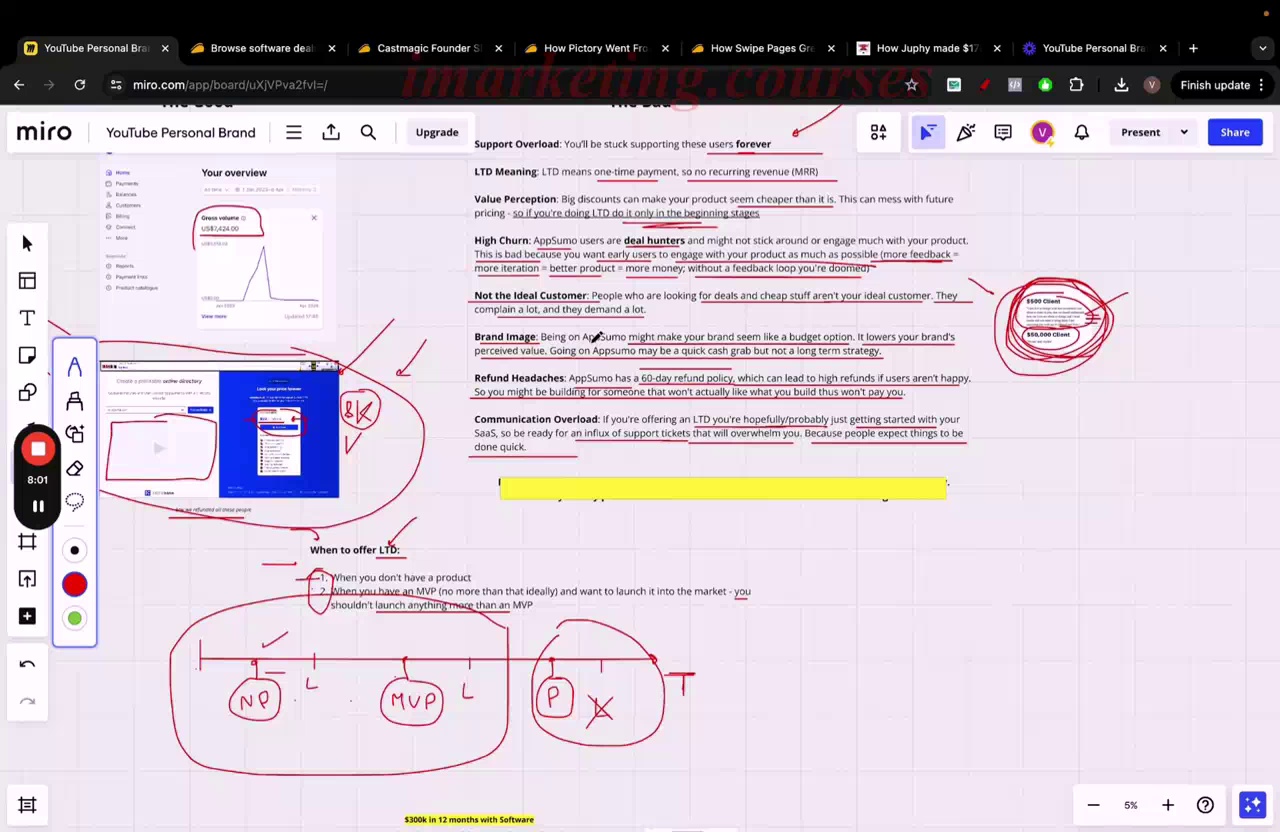
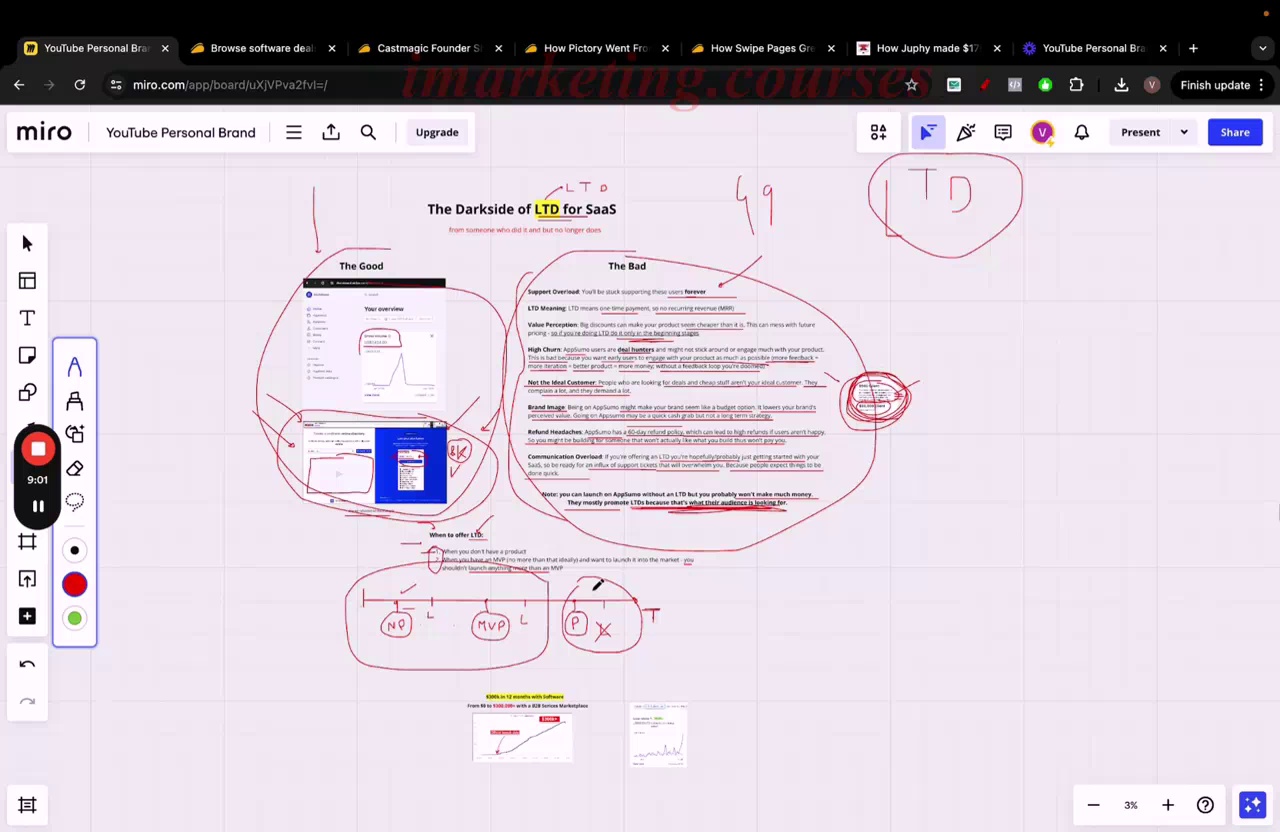
LTDs (lifetime deals) can help validate a SaaS idea and make quick cash, but have downsides long-term. The narrator recommends only doing LTDs when you have no product or just an MVP, not an established SaaS.
The good: LTDs can validate your idea before fully building a product. They also provide quick revenue. The narrator made almost $8,000 with one incomplete product's LTD.
The bad: Supporting LTD customers forever strains resources. LTDs don't build recurring revenue. Big LTD discounts seem to devalue your product. AppSumo's deal-focused audience may not engage much with your product to provide feedback. LTD customers often aren't ideal, complaining and demanding. LTDs can make your brand seem budget. High refund rates are possible. However, some SaaS companies have grown quickly using LTDs on AppSumo.
In summary, LTDs can generate short-term growth but have long-term downsides. They should only be done when initially validating a SaaS idea, not with an established product. The risks and benefits should be weighed carefully before proceeding.
.Vasco-Saas-Marketing 1 and 2 - Part 4














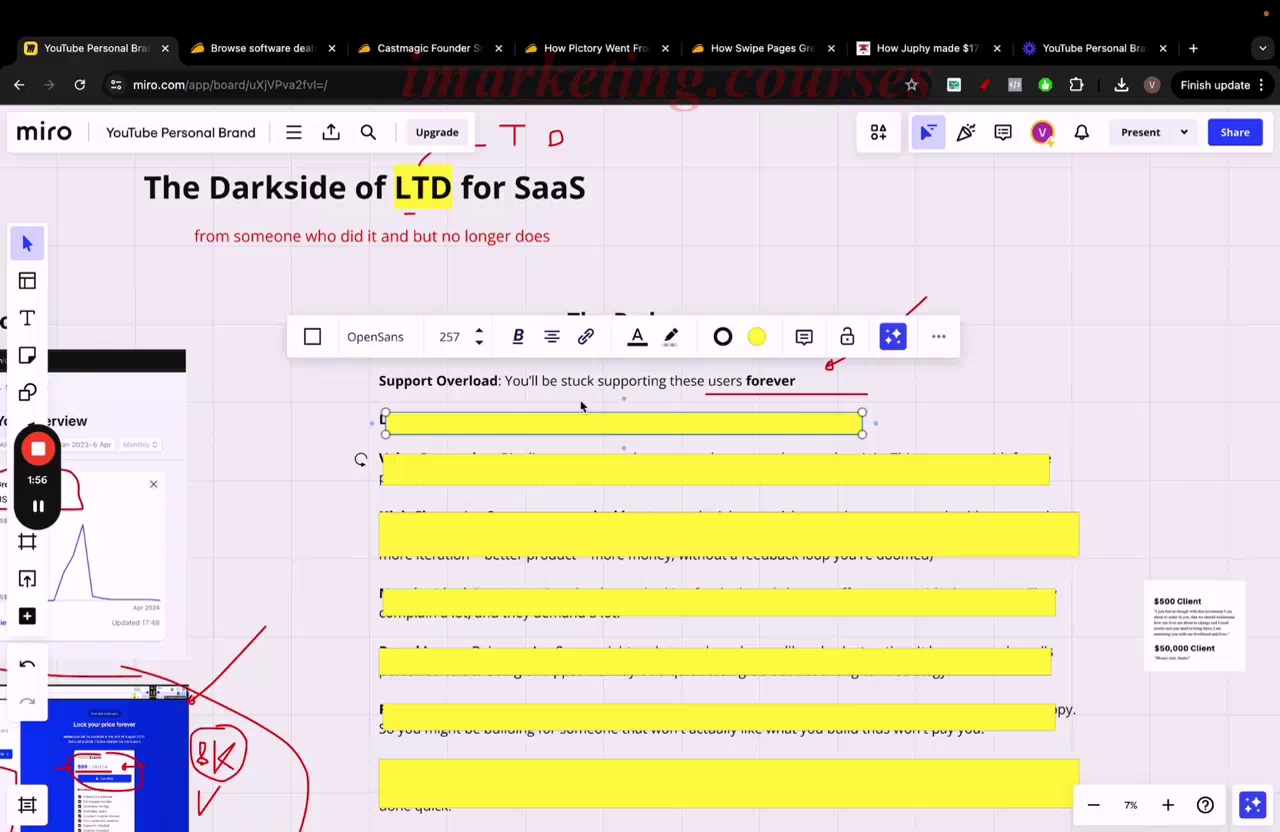







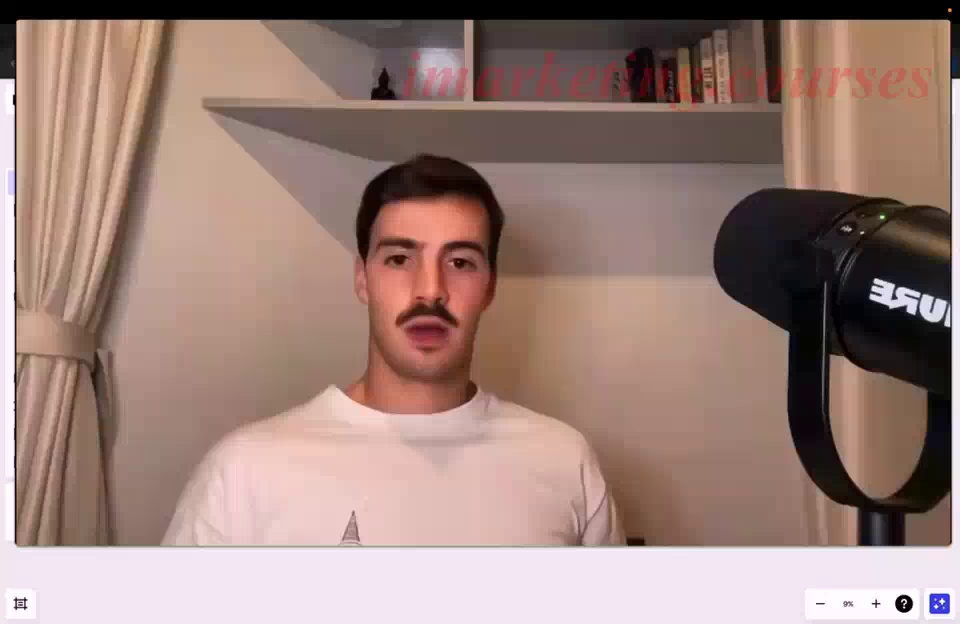
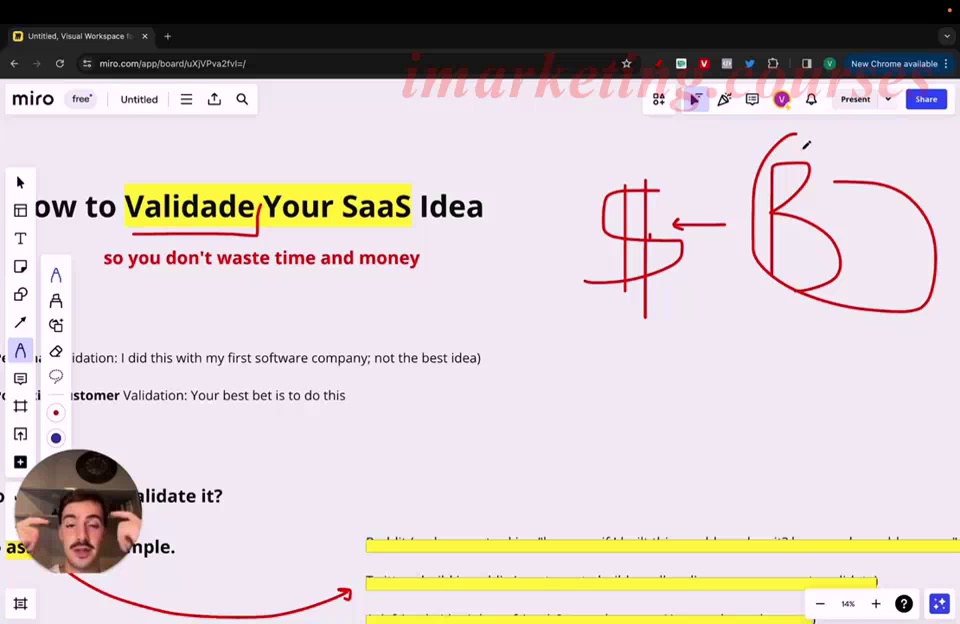
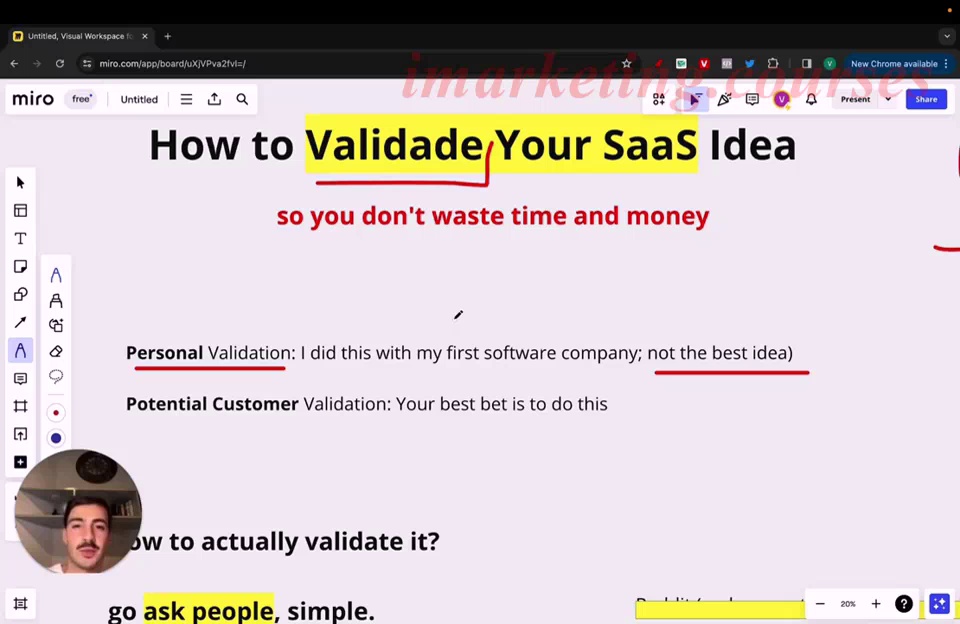
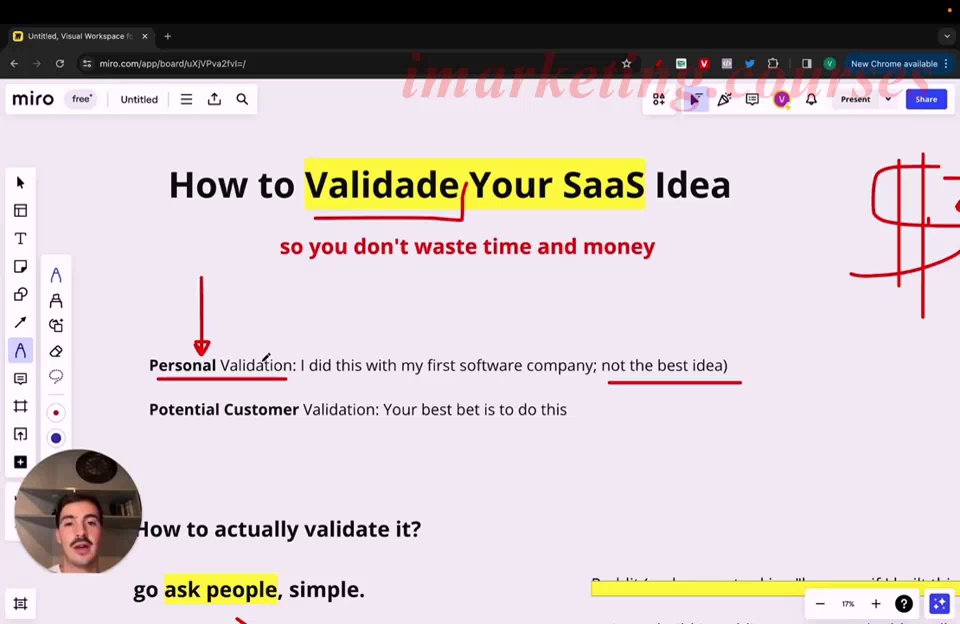
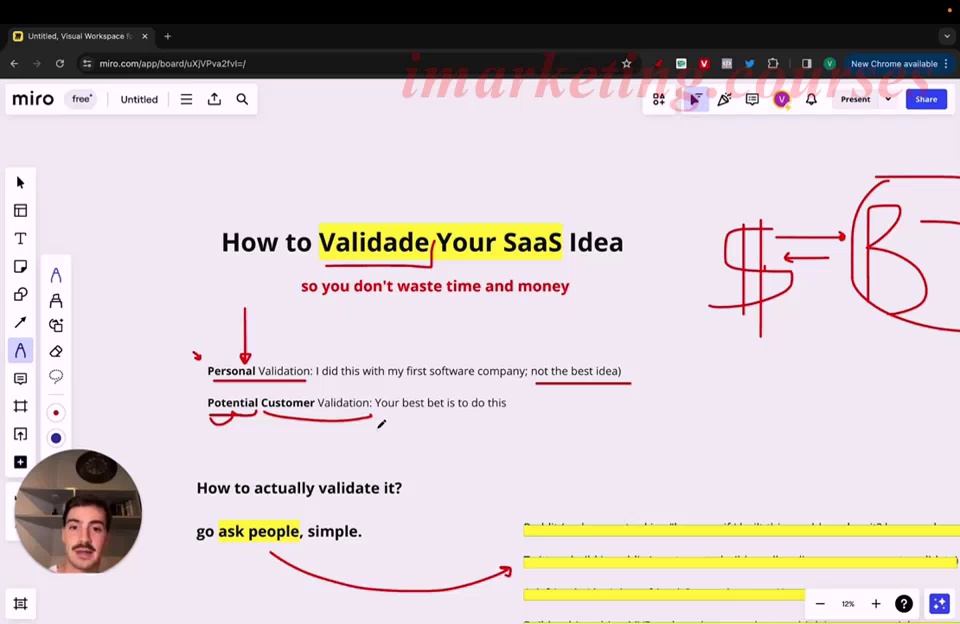
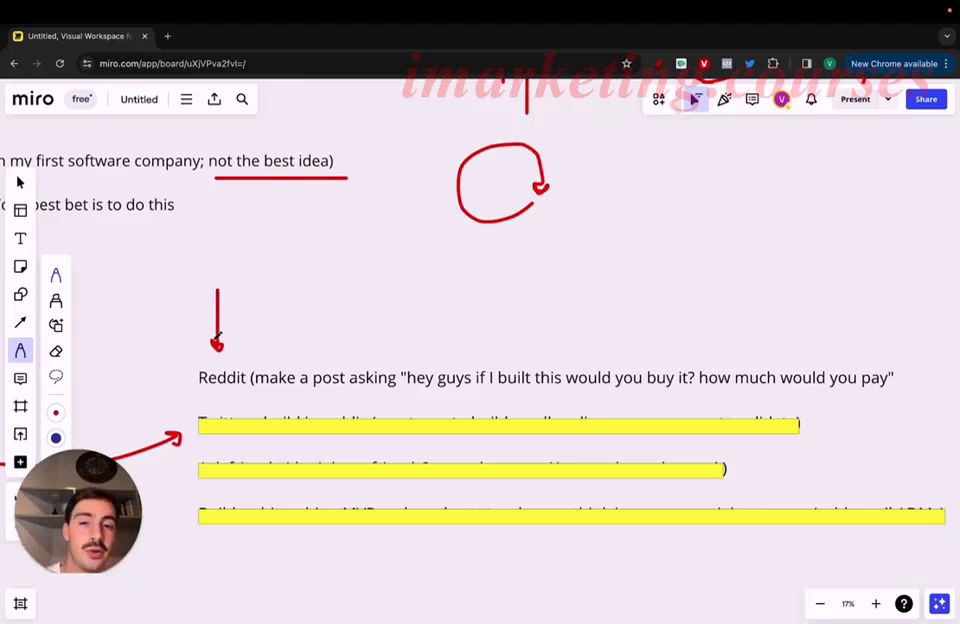
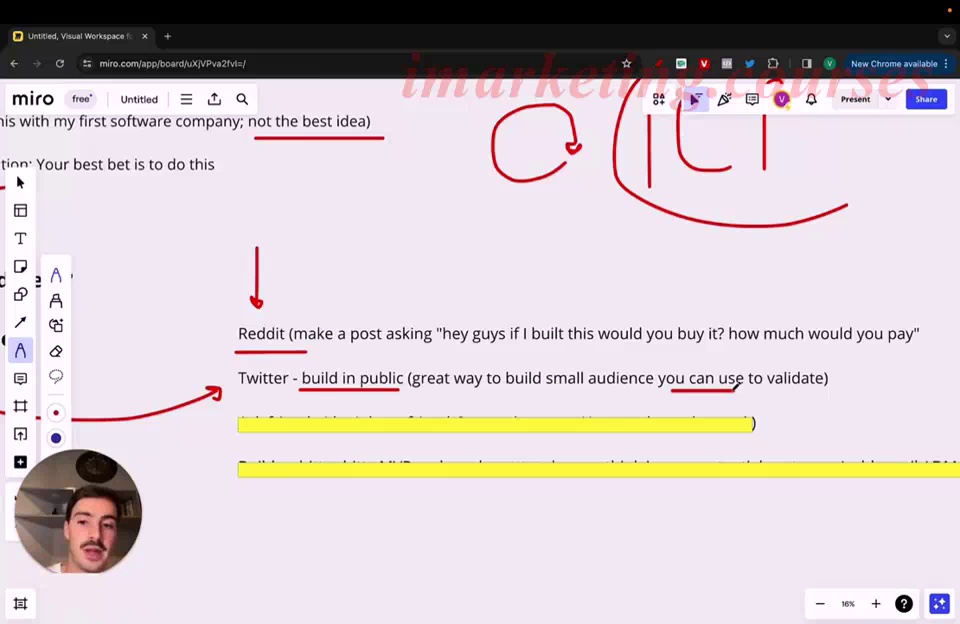
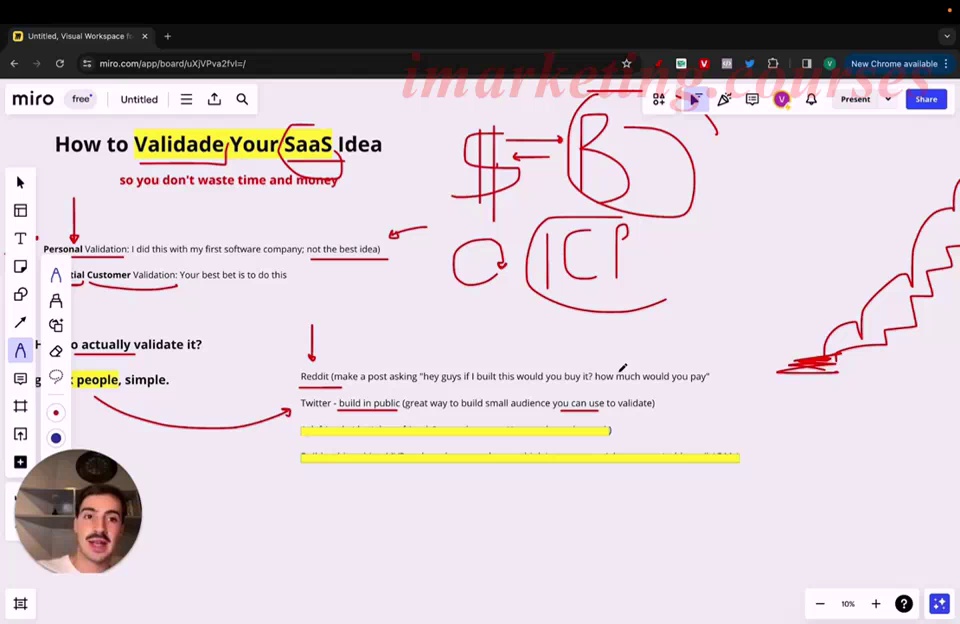
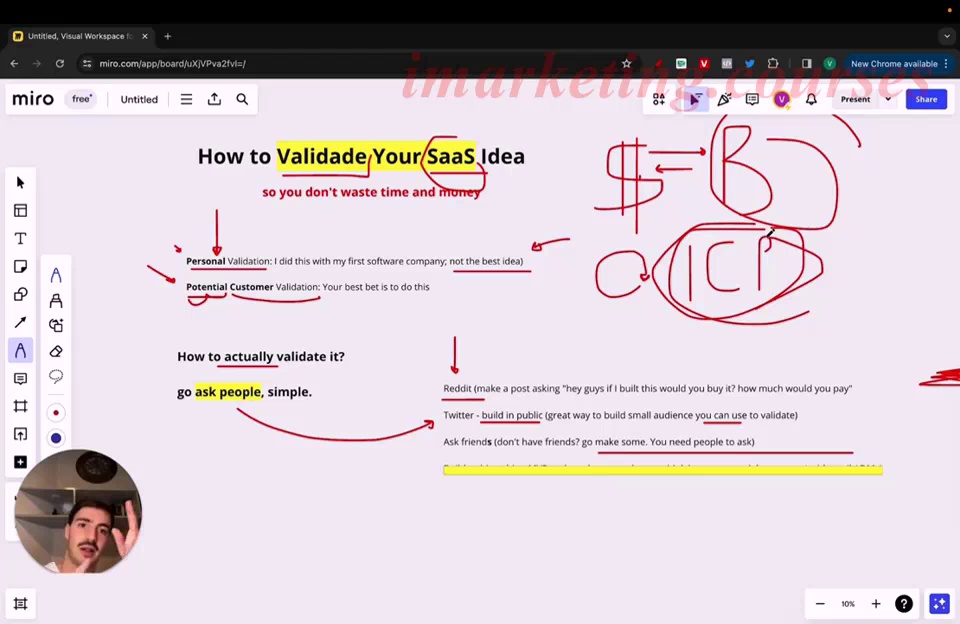
The narrator emphasizes the importance of validating your SaaS idea before building your product. Many people build first then try to sell, but you should sell first then build what customers want.
There are two ways to validate your idea: personal validation based on your own pain points, and customer validation by talking to potential customers. Customer validation is better because other people may not have the same pain points as you.
To do customer validation, identify your target customer and reach out to ask if they would buy your proposed product. You can use Reddit, Twitter, Facebook etc. to find and engage potential customers. Get feedback and iterate on your product idea.
Documenting the validation process publicly can also help build an audience to get feedback from. Start with no followers and social proof will snowball over time.
Other idea validation strategies include: asking friends/family, building a minimum viable product to demo, or mocking up UI screenshots to show potential customers. The key is reaching out to talk to real potential customers.
.Vasco-Saas-Marketing 1 and 2 - Part 5































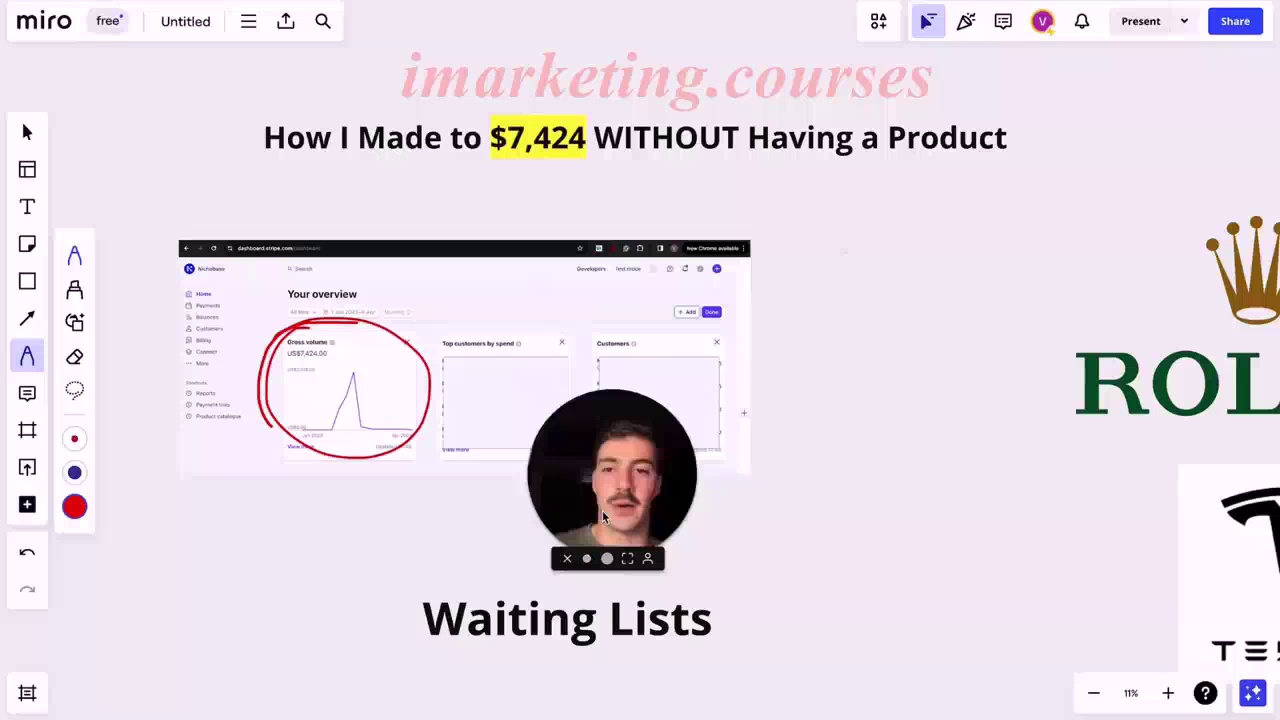
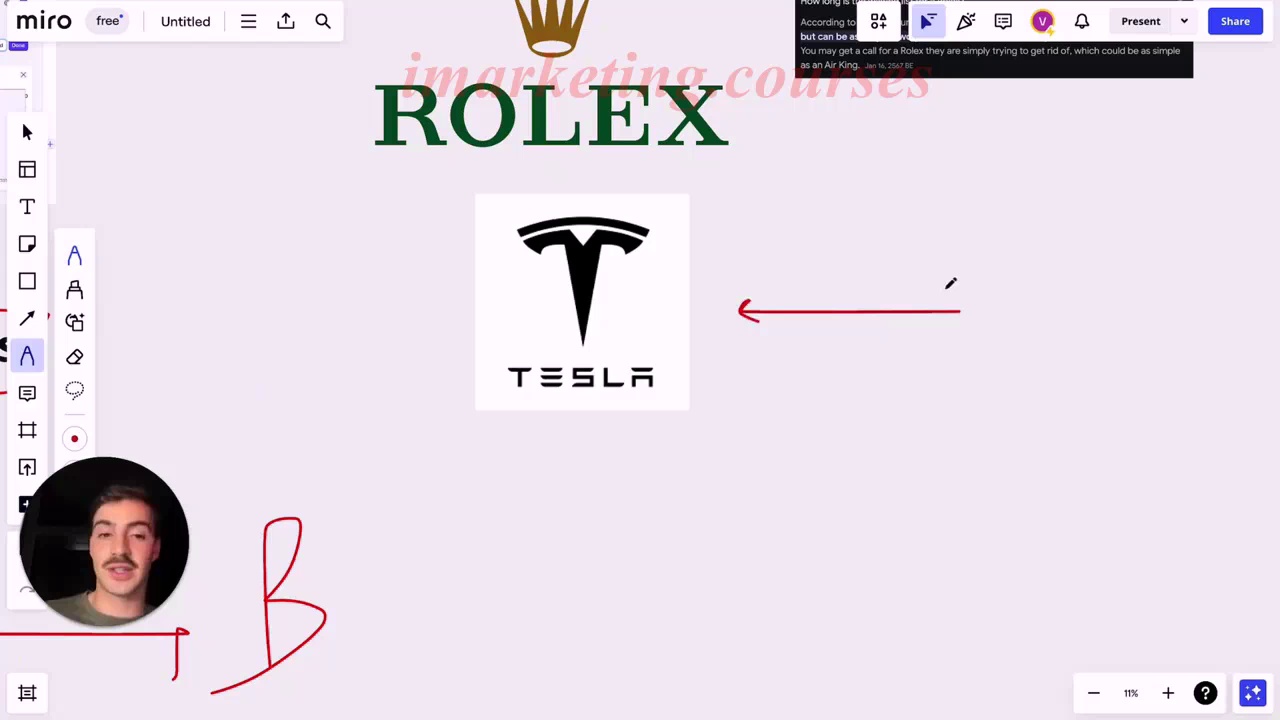

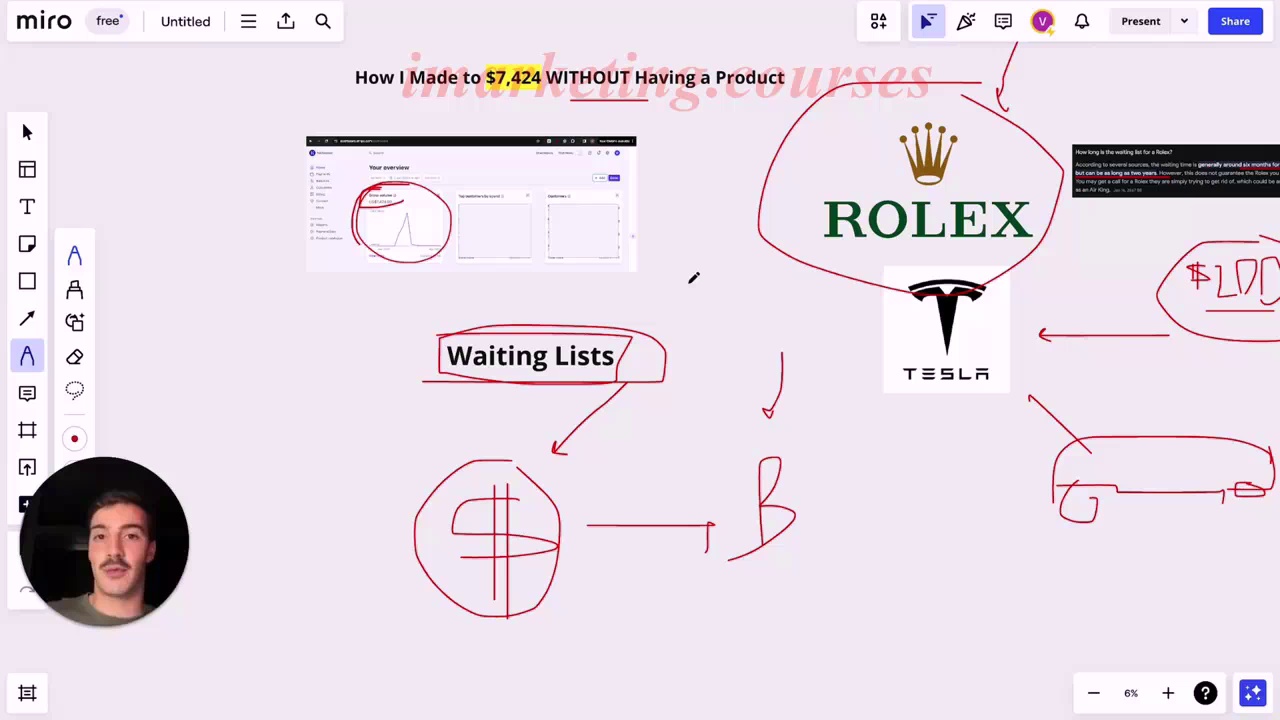
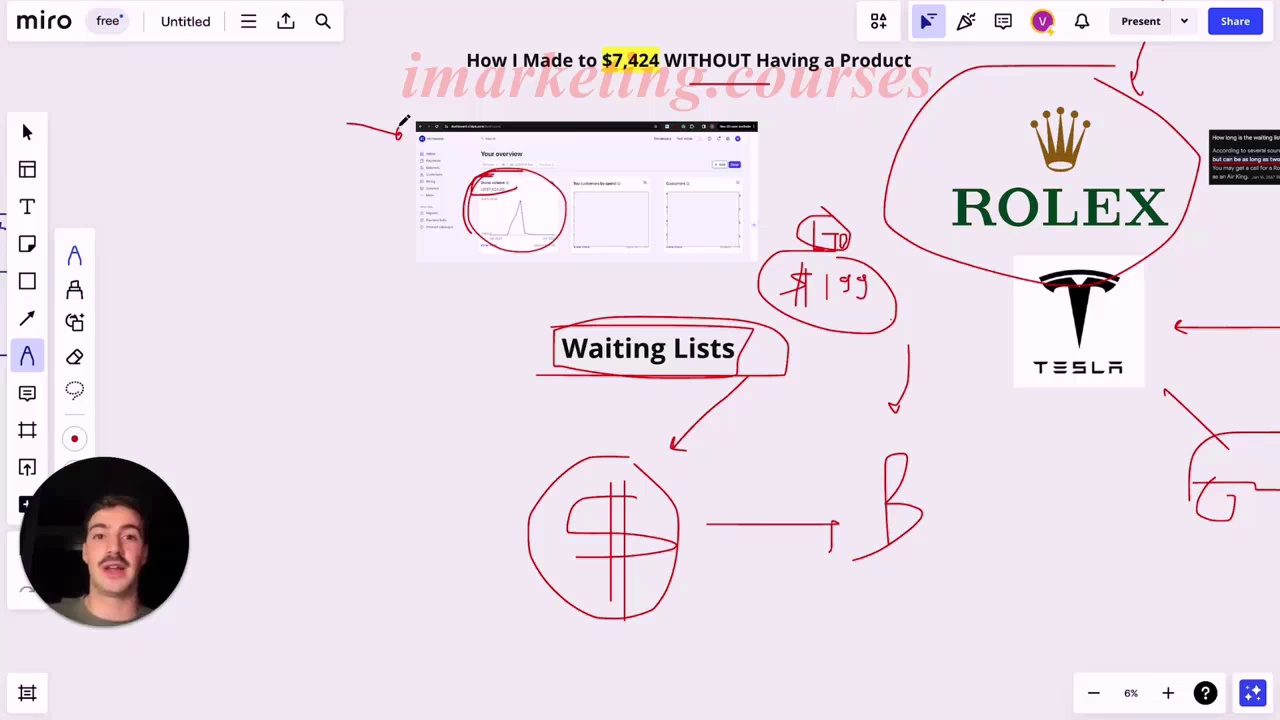
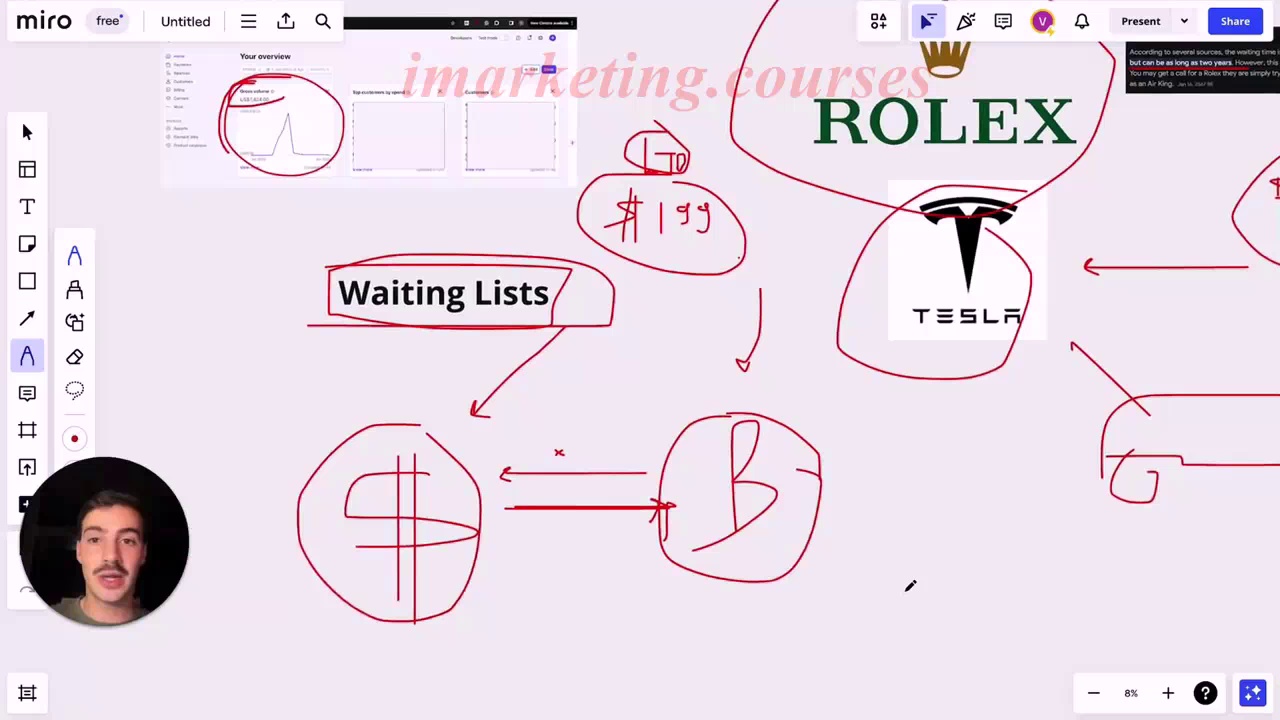
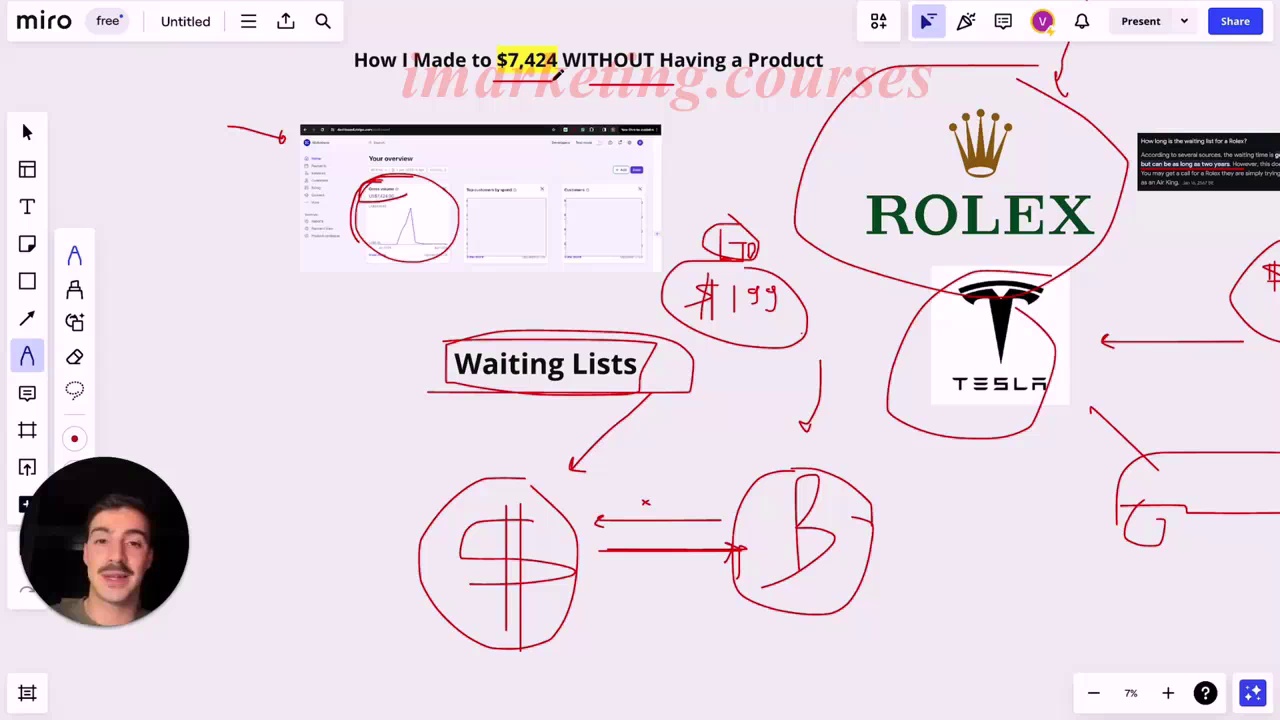
The narrator made over $7,000 by selling a product that did not yet exist. He created a simple landing page describing the product and offering early access for $1.99. Over $7,000 in sales validated the product idea before any development work was done.
This strategy of "selling before building" validates product ideas and ensures development efforts target what customers actually want. It's used by companies like Tesla and Rolex to gauge interest before manufacturing. Tesla took Cybertruck pre-orders and deposits to determine production levels. Rolex uses waiting lists to see demand for new watches.
The narrator previously spent 12 months building software with features he thought customers wanted. But after launch, no one used those features. By selling first, he now builds only what early buyers have already paid for.
The MVP or "minimum viable product" can be as simple as a landing page. Customers are told the product will take months to develop after their purchase. This lifetime deal incentive convinces them to buy an unfinished product.
The strategy feels counterintuitive but works. Avoid building in isolation then struggling to sell. Validate ideas by selling first instead. As the narrator says, "You have to sell before you build."
.